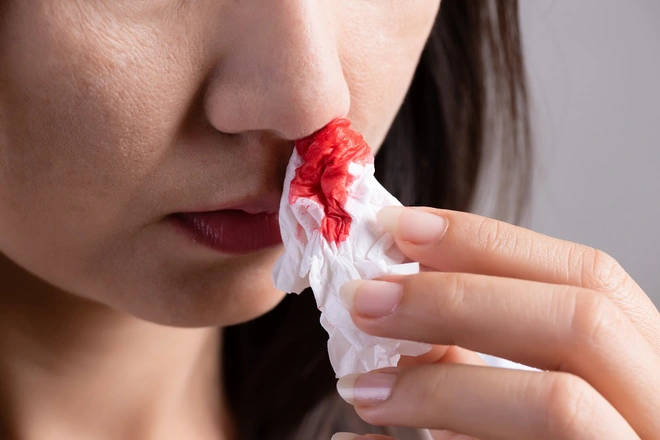Severe external bleeding, if not promptly treated, can lead to serious complications such as infection, shock, and even death. Wounds caused by animal bites or sharp objects penetrating deeply can result in continuous bleeding for 15 to 20 minutes, causing excessive blood loss and potentially leading to shock or, in the worst case, death.
I. Overview:
Providing first aid for bleeding is extremely important to prevent excessive blood loss in the victim. Furthermore, proper first aid can help prevent shock and, in some cases, even death caused by excessive bleeding.

Bleeding can occur externally or internally. Specifically:
- External bleeding: It can be observed through wounds on the skin. Additionally, bleeding from internal organs can occur externally, such as vomiting blood, passing blood in stool or urine, vaginal bleeding, nosebleeds…
- Internal bleeding refers to bleeding that cannot be seen. For example: bleeding inside the abdominal cavity, in the lungs, or in the brain. Internal bleeding can be assessed based on temperature, pulse, blood pressure, and respiration rate.

II. First aid steps:
Step 1: Cover the wound with a clean, water-absorbent cloth or non-stick dressing.

Step 2: Apply elastic bandages over the dressing to create direct pressure and control the bleeding.

Step 3: If there is an embedded foreign object in the wound, DO NOT remove it. Stabilize the object first, cover the exposed wound with a water-absorbent cloth, and then wrap an elastic bandage around the object to control the bleeding.

Step 4: If blood seeps through the first layer of elastic bandage, DO NOT remove it. Apply a second layer of elastic bandage on top of the first one to add additional pressure to the wound.
Step 5: Transport the victim to a hospital if the wound is significant.
Note:
- If any part of the victim’s body is severed, such as a finger or toe, apply direct pressure to stop bleeding and place the severed part in a clean plastic bag, seal it tightly, and then submerge it in cool water above 0 degrees Celsius.
- For wounds that involve severed arteries where direct pressure with an elastic bandage is not sufficient, apply a tourniquet to help control bleeding.
These are also among the topics covered in the extended Level 2 first aid course, which the students have learned and practiced. The course has just ended with various emotions of the students and the training team.
Register for the next first aid skills class offered by SSVN.
You can learn these skills through online training on SSVN’s e-learning platform
SSVN hopes that more businesses in Vietnam will prioritize and equip their employees with first aid skills to effectively manage the significant costs associated with unforeseen incidents. Additionally, annual refresher courses with SSVN ensure that the first aid skills learned are up to standard and up to date.